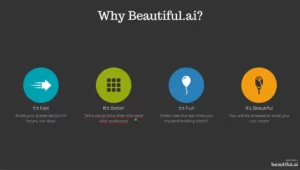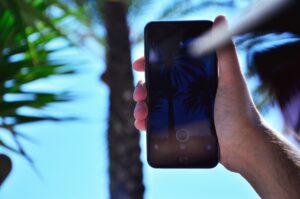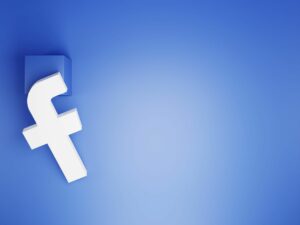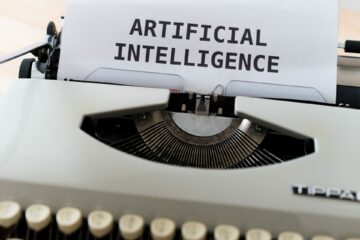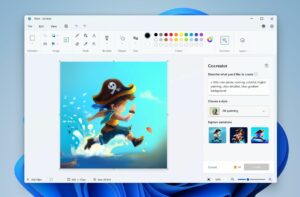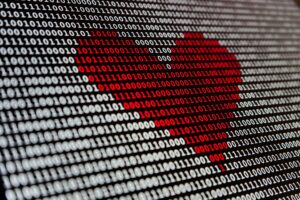Microcomputers, also later known as personal computers or PCs, are small, specialized computers that are designed for individual use. They have revolutionized the way we live and work, allowing us to communicate, access information, and perform a wide variety of tasks at home, in the office, and on the go. But where did these tiny devices come from, and how have they evolved over time? What are their role in our daily lives?
What are microcomputers?
Once upon a time, computers were massive machines that took up entire rooms and required a team of specialists to operate. They were called “mainframes,” and they were about as exciting as watching paint dry.
But then, someone had the bright idea to make computers smaller and more accessible. They called these newfangled machines “minicomputers,” and they were a hit! People loved the fact that they didn’t have to go to a special room to use them.
But then, someone had an even brighter idea: let’s make computers even smaller and more accessible! And thus, the microcomputer was born. These tiny devices were perfect for people who wanted to do more than just play solitaire on their mainframes (which was pretty much everyone).
Nowadays, microcomputers come in all shapes and sizes, from desktop computers and laptops to tablets and smartphones. They’re used for everything from business to entertainment to communication, and they’ve made our lives a whole lot easier (and more fun).
So the next time you’re using your microcomputer to send an email, watch a movie, or play a game, just remember: it all started with some boring old mainframes. The end.
The fascinating history of microcomputers: From mainframes to miniaturized devices
The history of microcomputers can be traced back to the early 20th century, when mainframe computers were first developed. These massive machines were used by government agencies and large businesses to process and store data, but they were expensive, complex, and required specialized operators to run them.
In the 1950s, smaller computers known as minicomputers were developed, which were more affordable and easier to use than mainframes. However, they were still too large and expensive for individual use.
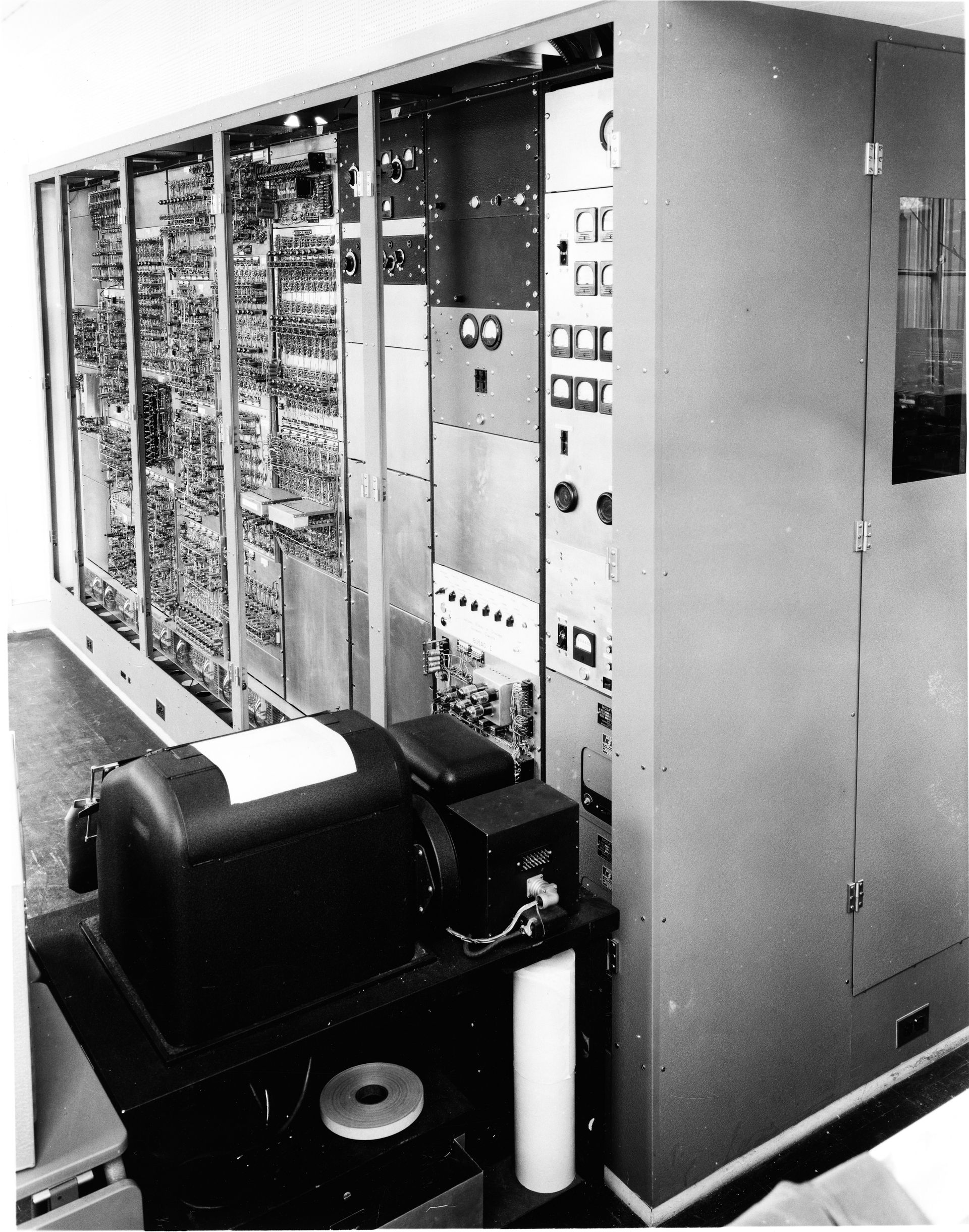
It wasn’t until the 1970s that microcomputers, or personal computers, were first introduced. These early devices, such as the Altair 8800 and the Apple I, were built with hobbyists and small businesses in mind. They were relatively simple and inexpensive, and could be used for tasks such as word processing and basic programming.
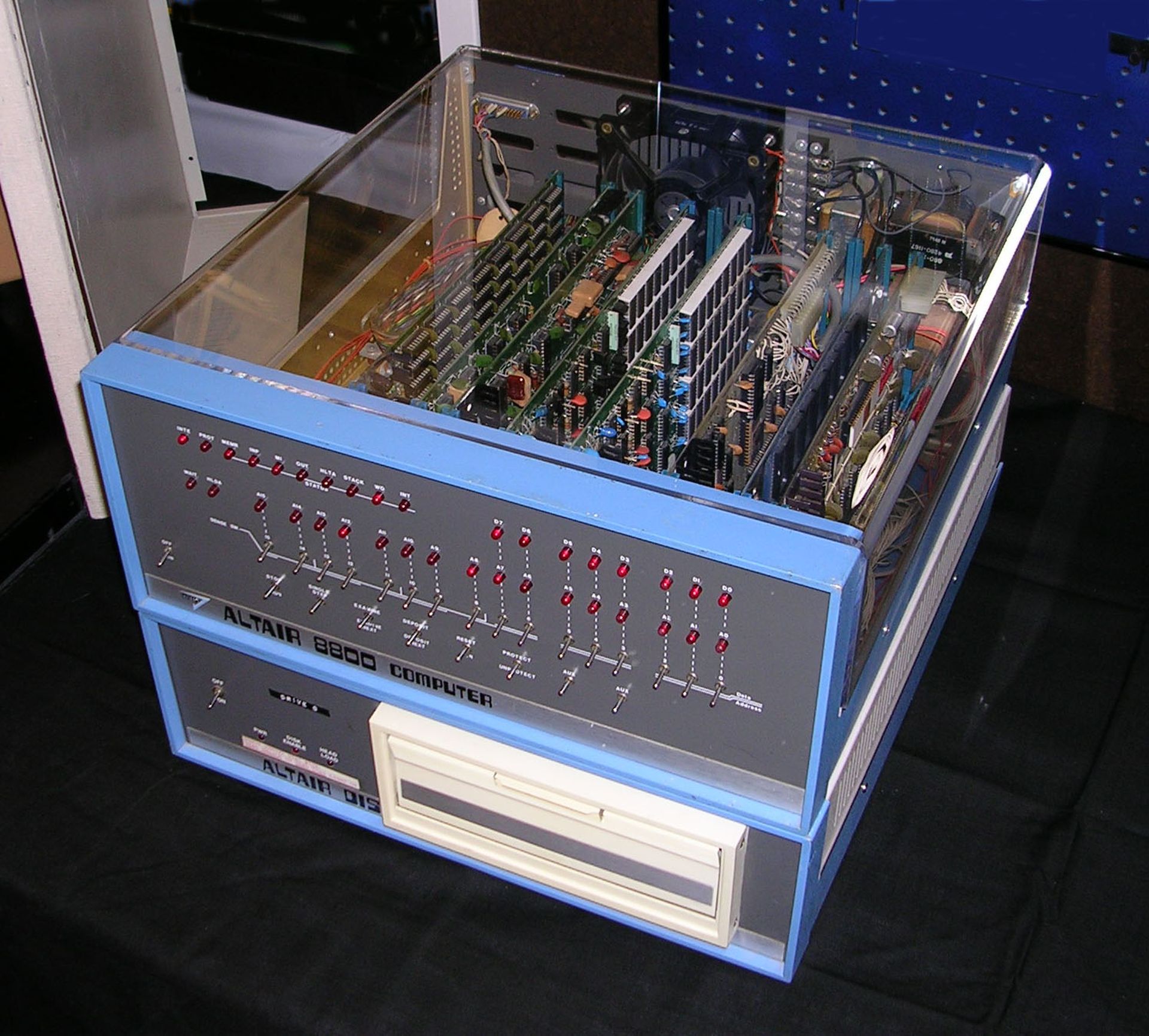
As microcomputers became more powerful and affordable, they began to gain widespread popularity. In the 1980s, the personal computer market exploded, with companies such as IBM, Apple, and Microsoft introducing a range of devices for home and business use.
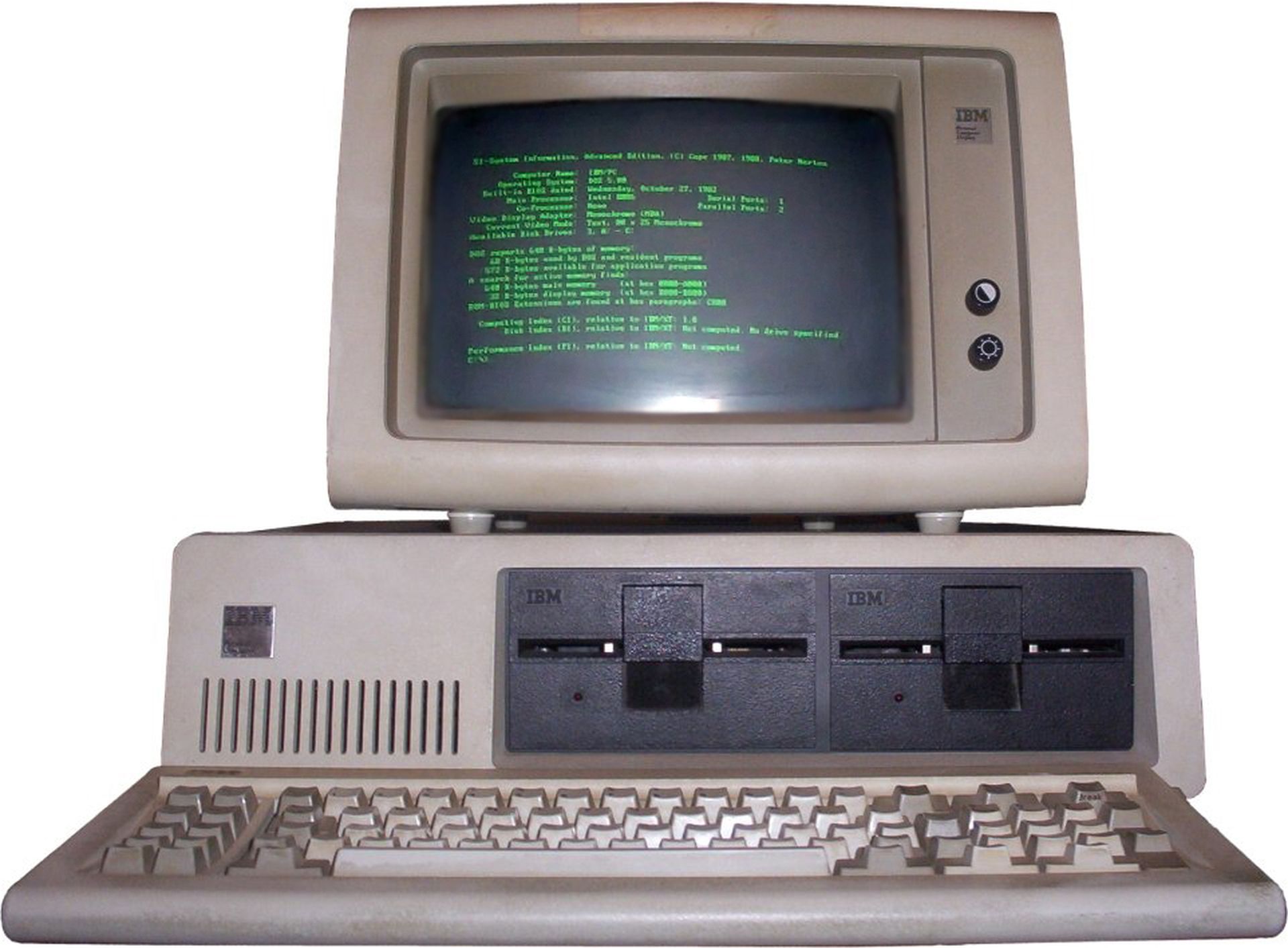
Today, microcomputers come in a variety of shapes and sizes, from desktop computers and laptops to tablets and smartphones. They are used for a wide range of purposes, including communication, entertainment, education, and business.
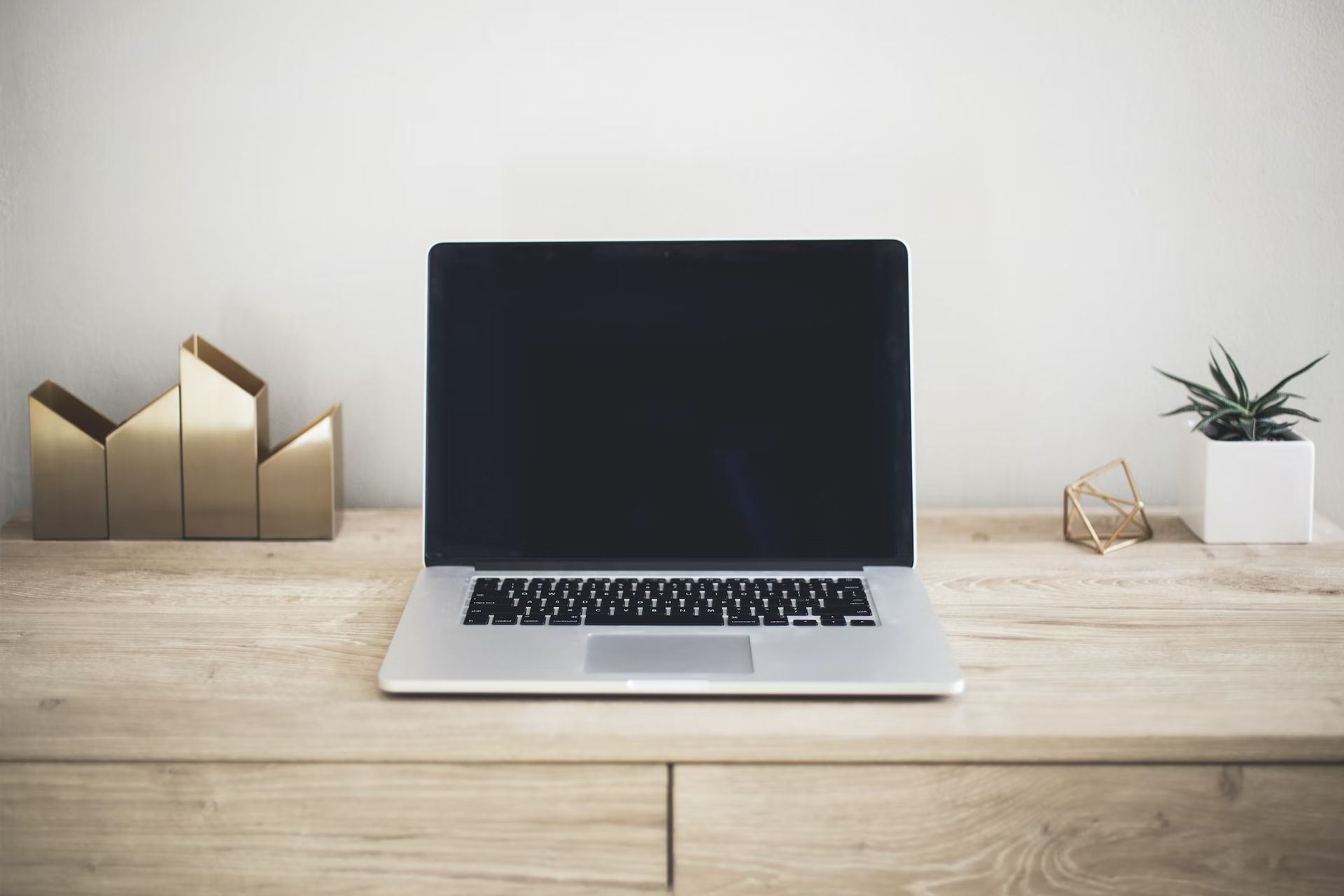
As microcomputers continue to evolve and improve, it’s clear that they will continue to play a vital role in our daily lives for years to come.
How microcomputers have changed the way we work and communicate?
Microcomputers, or personal computers, have transformed the way we live and work in countless ways. From improving productivity and efficiency to enabling remote work and communication, these small yet powerful devices have had a profound impact on the way we do business and interact with one another.
One of the most significant ways that microcomputers have changed the way we work is by increasing productivity. With the ability to perform a wide range of tasks quickly and efficiently, these small devices have made it easier for individuals and businesses to get more done in less time. Whether it’s processing data, creating documents, or managing financial records, computers have greatly improved the speed and accuracy of many common work tasks.
Qudit computers open endless possibilities by exceeding the binary system
Microcomputers have also made it possible for people to work from anywhere, at any time. With the rise of laptops, tablets, and smartphones, it’s now easier than ever to access work-related information and communicate with colleagues, clients, and partners from virtually any location. This has greatly expanded the possibilities for remote work and allowed businesses to tap into a global talent pool.

In addition to improving the way we work, microcomputers have also changed the way we communicate and connect with one another. With the proliferation of email, messaging apps, and social media, it’s easier than ever to stay in touch with friends, family, and colleagues regardless of where they are located. Microcomputers have also made it possible for people to access and share information on a global scale, enabling the exchange of ideas and knowledge across borders and cultures.
Overall, computers have had a huge impact on our lives. Whether you’re a business owner, a student, or just someone who relies on a computer for everyday tasks, it’s hard to imagine life without these tiny but powerful devices.
Exploring the different types of microcomputers from desktops to handheld devices
Microcomputers, or personal computers, come in a wide range of shapes and sizes to suit different needs and preferences. From powerful desktop computers to portable handheld devices, there is a microcomputer to fit every budget and purpose. Here is a closer look at some of the most common types of microcomputers:
Desktop computers
Desktop computers are the most traditional type of microcomputer. They are designed to be used in a fixed location, such as an office or home, and are typically more powerful and feature-rich than other types of computers. Desktop computers come in a range of sizes, from small form factors that take up minimal space to large towers that offer plenty of expandability.
Where is the control room of our personal computers?
Laptops
Laptops, also known as notebook computers, are portable computers that are designed to be carried around. They are smaller and lighter than desktop computers and come with a built-in keyboard, touchpad, and display. Laptops are a popular choice for business professionals, students, and travelers who need a portable computer for work or entertainment.
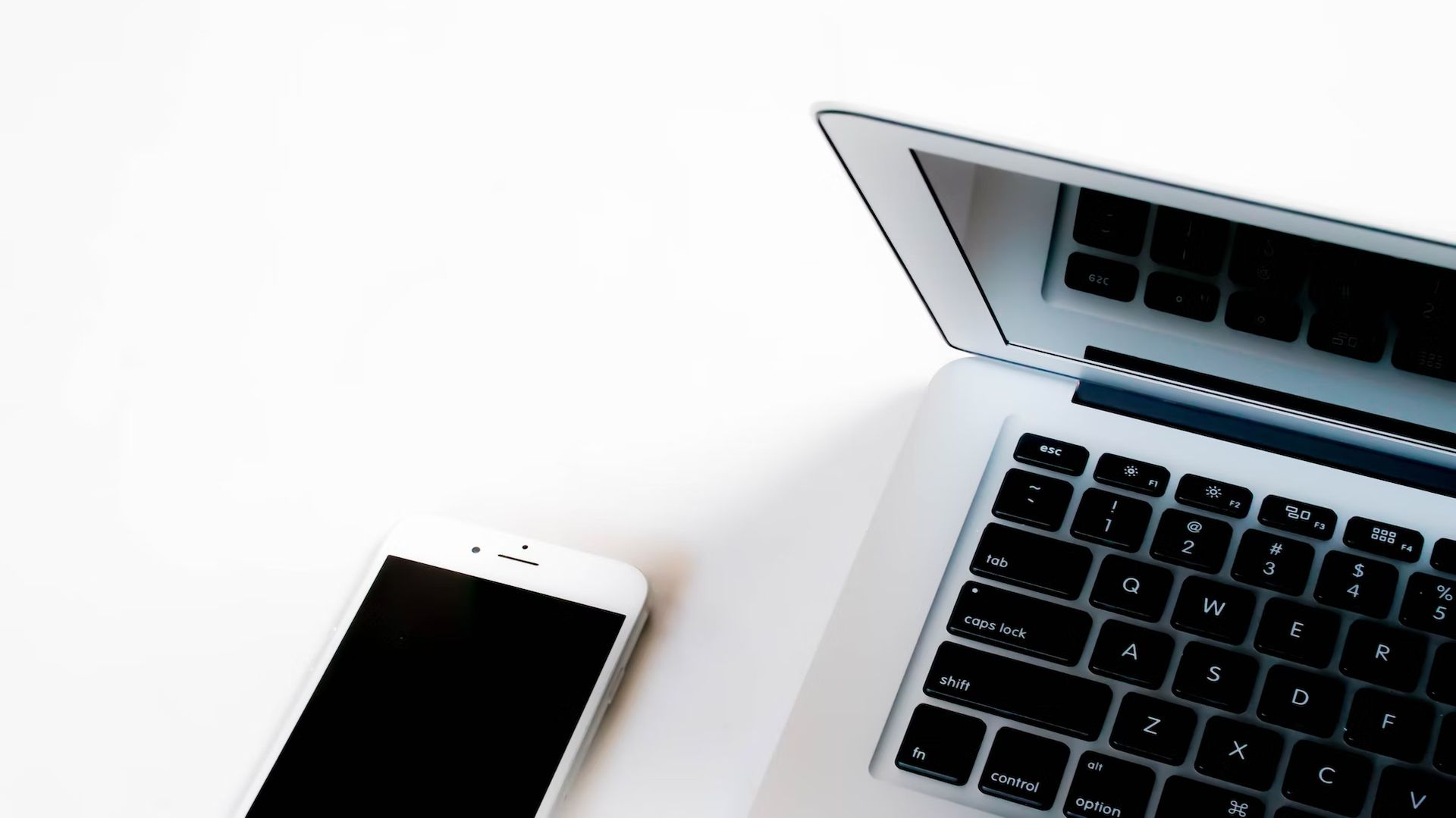
Tablets
Tablets are lightweight, portable devices that are designed for on-the-go use. They have a touchscreen display and are operated using a finger or stylus. Tablets are typically smaller and less powerful than laptops, but they offer a convenient way to access the internet, read emails, and perform other tasks while on the go.
Smartphones
Smartphones are handheld devices that combine the functions of a phone, camera, and computer. They are designed to be carried in a pocket or purse and can be used to make calls, send text messages, and access the internet. Many smartphones also come with a variety of apps and features, such as GPS navigation, music players, and games.
As you can see, there are many different types of microcomputers to choose from, each with its own unique features and capabilities. Whether you need a powerful desktop computer for work or a lightweight tablet for entertainment on the go, there is a microcomputer that’s right for you.
The many applications of microcomputers from business to entertainment
Microcomputers are versatile devices that are used for a wide range of purposes. From business and education to entertainment and communication, there is almost no limit to what microcomputers can do. Here are just a few examples of the many applications of microcomputers:
Business
Microcomputers are an essential tool for businesses of all sizes. They are used for tasks such as word processing, spreadsheet management, accounting, and customer relationship management. With the help of computers today, businesses can improve efficiency, streamline operations, and make better informed decisions.
Education
Microcomputers are also an important tool for education. They are used in classrooms, libraries, and homes to access and share information, complete assignments, and participate in online learning. With the help of computers today, students can learn at their own pace and take advantage of a wide range of educational resources.
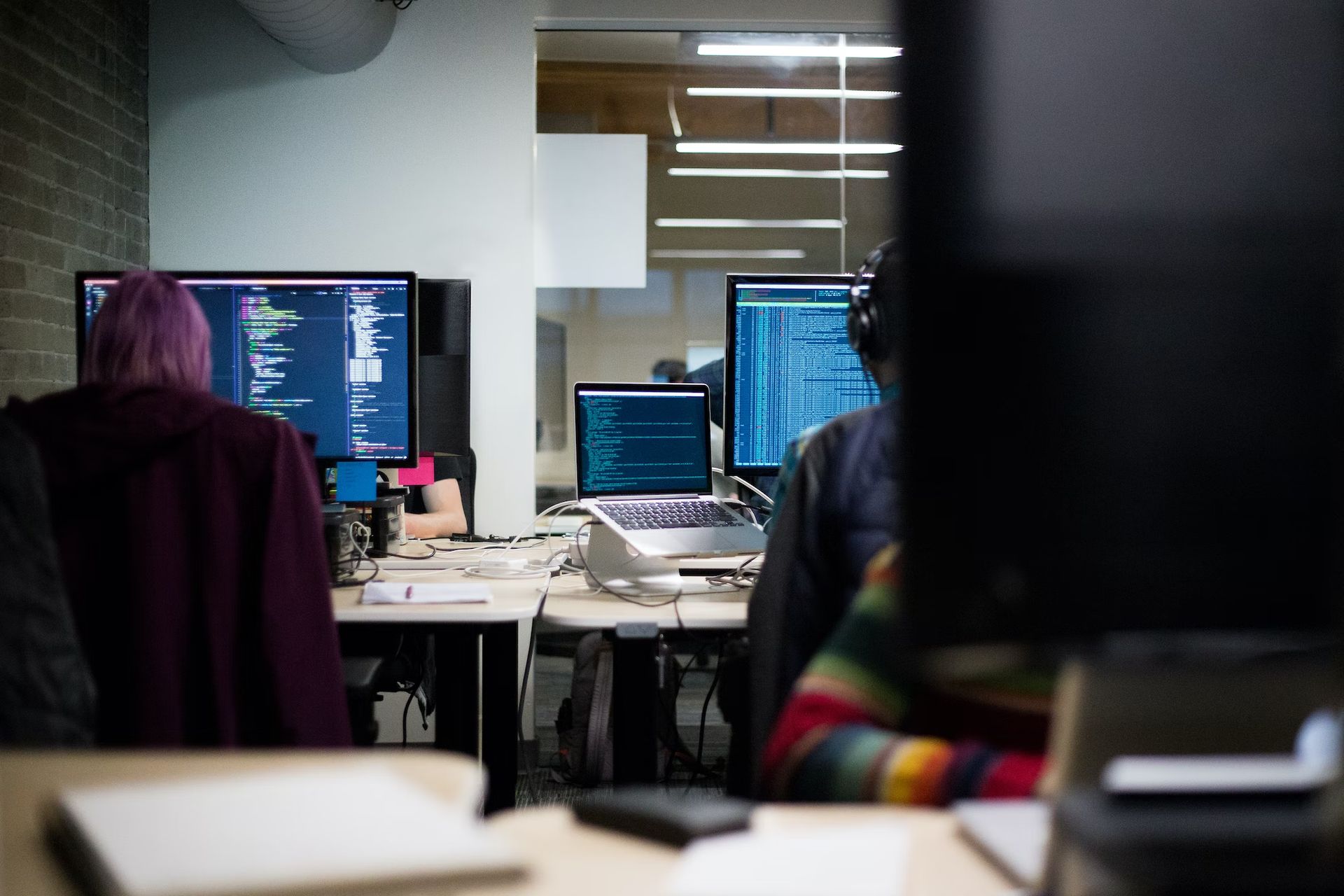
Entertainment
Microcomputers are not just for work and study. They are also used for entertainment, with people using them to watch movies, listen to music, and play games. Microcomputers are also a popular platform for social media, allowing people to connect with friends and family, share photos and videos, and stay up-to-date on the latest trends.
Communication
Finally, microcomputers are an important tool for communication. With the help of email, messaging apps, and social media, it’s easier than ever to stay in touch with people from around the world. These small devices also make it possible for people to access and share information on a global scale, enabling the exchange of ideas and knowledge across borders and cultures.
The rise of integrated photonics: How light is changing the face of computing?
Final words
In conclusion, microcomputers, also known as personal computers or PCs, are small, specialized computers that are designed for individual use. They have revolutionized the way we live and work, allowing us to communicate, access information, and perform a wide variety of tasks at home, in the office, and on the go. From their humble beginnings as mainframe computers in the early 20th century, microcomputers have evolved and improved to become an integral part of our daily lives. Today, they come in a range of shapes and sizes, from desktop computers and laptops to tablets and smartphones, and are used for a wide range of purposes, including business, education, entertainment, and communication.
- SEO Powered Content & PR Distribution. Get Amplified Today.
- Platoblockchain. Web3 Metaverse Intelligence. Knowledge Amplified. Access Here.
- Source: https://dataconomy.com/2022/12/what-are-microcomputers-history-examples/
- 1
- 7
- a
- ability
- About
- access
- accessible
- Accounting
- accuracy
- across
- addition
- ADvantage
- affordable
- agencies
- AI
- All
- Allowing
- and
- Another
- anywhere
- Apple
- applications
- apps
- around
- back
- basic
- become
- began
- Better
- Boring
- born
- brighter
- budget
- built
- built-in
- business
- businesses
- called
- Calls
- camera
- capabilities
- cases
- Century
- changing
- choice
- Choose
- clear
- clients
- closer
- colleagues
- combine
- come
- Common
- communicate
- Communication
- Companies
- complete
- complex
- computer
- computers
- computing
- conclusion
- Connect
- content
- continue
- control
- Convenient
- could
- Creating
- customer
- daily
- data
- decisions
- designed
- desktop
- developed
- Devices
- DID
- different
- Display
- documents
- dry
- each
- Early
- easier
- Education
- educational
- efficiency
- efficiently
- emails
- enabling
- Endless
- Entertainment
- Entire
- essential
- Even
- EVER
- everyday
- everyone
- everything
- evolve
- evolved
- examples
- exchange
- exciting
- expanded
- expensive
- Face
- factors
- family
- fascinating
- Features
- few
- financial
- First
- fit
- fixed
- form
- friends
- from
- fun
- functions
- Gain
- game
- Games
- get
- Global
- global scale
- Go
- Government
- gps
- greatly
- Hard
- help
- here
- history
- Home
- Homes
- How
- However
- HTTPS
- huge
- IBM
- idea
- ideas
- Impact
- important
- improve
- improved
- improving
- in
- Including
- increasing
- individual
- individuals
- information
- informed
- integral
- integrated
- interact
- Internet
- introduced
- introducing
- IT
- knowledge
- known
- laptops
- large
- latest
- LEARN
- learning
- libraries
- Life
- light
- lighter
- lightweight
- LIMIT
- live
- Lives
- located
- location
- Look
- Lot
- loved
- Machines
- made
- make
- management
- managing
- many
- Market
- massive
- max-width
- Media
- messages
- messaging
- Microsoft
- mind
- minimal
- model
- Modern
- more
- most
- movie
- Movies
- Music
- Navigation
- Need
- needs
- next
- notebook
- offer
- Office
- Old
- ONE
- online
- open
- operate
- operated
- Operations
- operators
- Other
- own
- owner
- Pace
- part
- participate
- partners
- PCs
- People
- perfect
- perform
- personal
- phone
- platform
- plato
- Plato Data Intelligence
- PlatoData
- Play
- players
- Plenty
- pool
- Popular
- popularity
- possibilities
- possible
- powerful
- preferences
- pretty
- process
- processing
- productivity
- professionals
- Programming
- purpose
- purposes
- quickly
- range
- Read
- records
- Regardless
- relationship
- relatively
- remember
- remote
- remote work
- required
- Resources
- revolutionized
- Rise
- Role
- Room
- Rooms
- Run
- Scale
- shapes
- Share
- significant
- Simple
- sizes
- small
- small businesses
- smaller
- smartphones
- Social
- social media
- Solitaire
- some
- Someone
- Source
- Space
- special
- specialists
- specialized
- speed
- Spreadsheet
- started
- stay
- Still
- store
- streamline
- Student
- Students
- Study
- such
- Suit
- Tablet
- Take
- Talent
- Tap
- tasks
- team
- Technology
- The
- the world
- their
- time
- to
- today
- too
- tool
- touch
- traditional
- transformed
- travelers
- Trends
- types
- typically
- unique
- up-to-date
- us
- use
- variety
- versatile
- Videos
- virtually
- vital
- wanted
- Watch
- watching
- ways
- What
- whether
- which
- while
- WHO
- wide
- Wide range
- widespread
- Wikipedia
- will
- without
- Word
- Work
- world
- years
- Your
- zephyrnet

